Broadwater - 4 Broadwater Street West - 1698

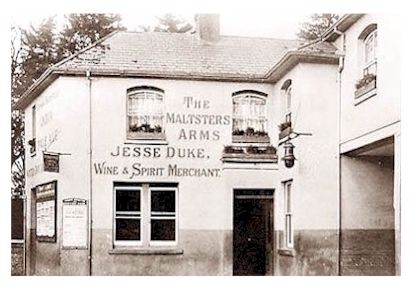
The first mention of a pub in Broadwater dates to around 1698, on or around the site of the present building. The name Maltster's Arm's; is known to date from 1796.
The name was changed to the Millwrights Arm's in 1828 for a short period, reflecting the trade of the owner at the time, but this proved unpopular and reverted back to the Maltster's Arm's.
The current building dates from around 1934 when there was extensive road widening in the area causing the frontage to be pushed back but remained on the original plot. It was renamed The Broadwater in 1987.
The name was changed to the Millwrights Arm's in 1828 for a short period, reflecting the trade of the owner at the time, but this proved unpopular and reverted back to the Maltster's Arm's.
The current building dates from around 1934 when there was extensive road widening in the area causing the frontage to be pushed back but remained on the original plot. It was renamed The Broadwater in 1987.
The Maltsters Arms, right, donated by Pat Tullett shows the pub in the 1930's period. Outside stands the landlord, Albert Edward Tullett with his son - Pat's father.
The name 'Maltsters' refers to the process of dampening the barley until the husk breaks open and starts germination, where it is quickly dried, often in a kiln.
It is roasted to produce a certain type of beer, a light roast will produce an amber beer whereas a heavy roast will create a dark beer, such as a stout. Hops are added in or after frementation for taste and also act as a preservative.
You can still find old Malthouses dotted around but working ones are very rare.
The name 'Maltsters' refers to the process of dampening the barley until the husk breaks open and starts germination, where it is quickly dried, often in a kiln.
It is roasted to produce a certain type of beer, a light roast will produce an amber beer whereas a heavy roast will create a dark beer, such as a stout. Hops are added in or after frementation for taste and also act as a preservative.
You can still find old Malthouses dotted around but working ones are very rare.
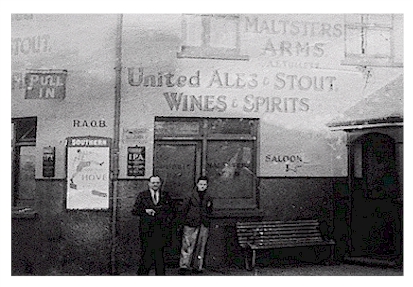
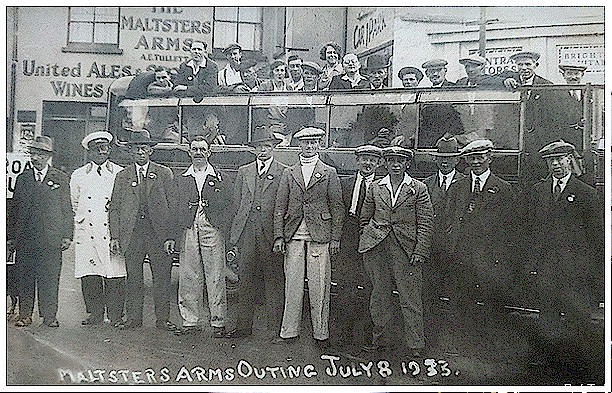
Another from Pat's collection of family photos - the charabang outing for the pub regulars.
Pats grandfather, grandmother and father stand on the top deck.
Pats grandfather, grandmother and father stand on the top deck.
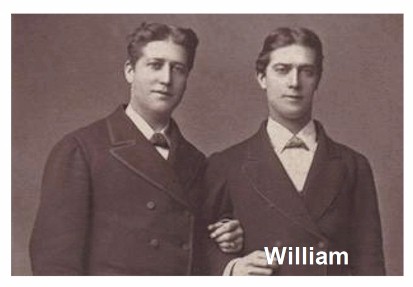
William Wardroper, one half of a double act with his brother Henry (pictured), known as 'The Twin-Like Minics' a comedic act, retired from the profession and became landlord of the pub from 1892 to 1896 when it was still The Malsters arms.
The 1901 census revealed that, although still residing in Worthing, he returned to acting. He died in 1908, aged 57 and was buried in Broadwater Cemetery.
The 1901 census revealed that, although still residing in Worthing, he returned to acting. He died in 1908, aged 57 and was buried in Broadwater Cemetery.
This image is probably in the living memory of many of us. Known just as 'the Maltsters', it had a typical tiled frontage and a separate, but attached, off-licence. Parking at the front was limited.
Originally, the rear of the building stretched much further back, where stabling could be found, as the landlord also hired out horse-drawn carriages as part of his profession in the day. These were later demolished to add rear parking.
It also sported the classic tall wooden roadside sign designed to catch the mororists eye and draw them in.
Originally, the rear of the building stretched much further back, where stabling could be found, as the landlord also hired out horse-drawn carriages as part of his profession in the day. These were later demolished to add rear parking.
It also sported the classic tall wooden roadside sign designed to catch the mororists eye and draw them in.

2011
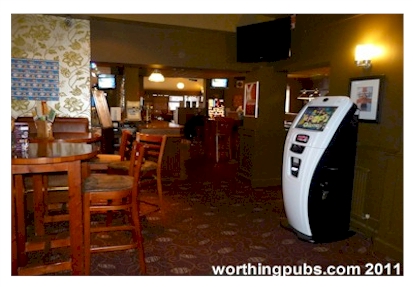
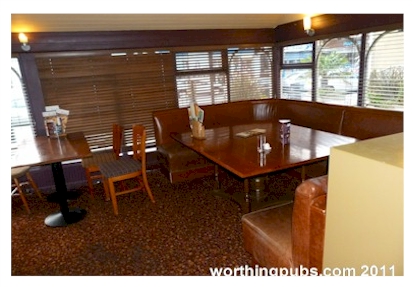
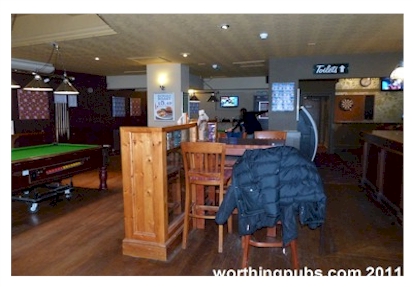
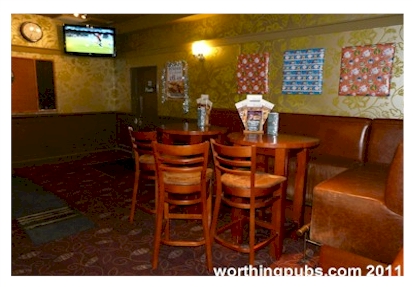
2025
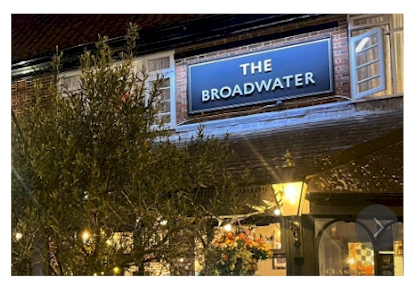
We've not visited The Broadwater since 2011 so I would imagine a lot has changed over the years.
Passing by we can see the outside has been put to use with benches, lighting and large flower boxes along its outer edge to separate it from the pedestrian pavement. Being south-faceing it is a draw in summer.
Passing by we can see the outside has been put to use with benches, lighting and large flower boxes along its outer edge to separate it from the pedestrian pavement. Being south-faceing it is a draw in summer.